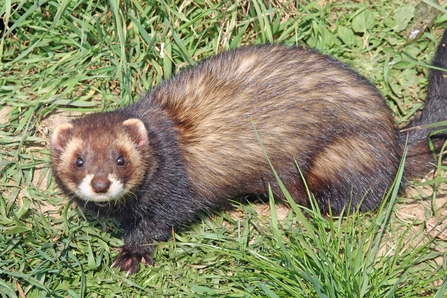At this time of year, we approach a very sensitive period when birds will start to set up territories and start to construct nests.
One of the major conservation benefits of the Great Fen is the large areas of land that have far less adverse disturbance relative to our smaller reserves. With large areas of dry grassland, wet grassland, and wetland in the Great Fen, we have the great potential to support a wealth of ground nesting wildlife, especially birds.
The coming months are also the time when plants bring forth fresh growth. This diversifies the vegetation composition and structure, and provides food, including nectar sources. Many species benefit (e.g., birds, mammals, and insects); it’s worth keeping in mind that we are working at a landscape scale to benefit a range of wildlife, not just the birds.
As this sensitive time of the year approaches, many (but not all) management activities, including grazing, will soon cease for a while, if they have not already done so. Livestock is removed to allow the plants to grow, and the birds, mammals, and invertebrates to reproduce. Fencing is removed, to reduce predator perches and to reduce artificial barriers to wildlife movement.
There is variation in how we manage the Fen; it’s big enough to allow us to do so. Based on the results of our monitoring, we have targeted some sites where we remove livestock earlier, or bring them back on later, in order to accommodate early and late breeding species.
This year, we have had a very wet and very mild late winter, with the warmest February on record for the country. This means the wildlife is stirring already. As you may have read in the ‘sightings blog’ for last month, there is plenty going on. Since that blog, we have recorded more invertebrates on the wing, such as the greater spring blacklet hoverfly (Cheilosia grossa). Caterpillars are on the hoof, such as the common footman and queen bumblebees are flying about, in search of nectar sources and nest sites.












